Wyoming’s Plan to Promote Housing and Economic Development



The shortage of affordable housing is a nationwide challenge. According to the Joint Center for Housing Studies of Harvard University’s State of the Nation’s Housing 2024 report, the US housing crisis is characterized by entrenched affordability challenges with record numbers of cost-burdened households, persistent supply constraints, and rising costs across both rental and ownership markets that disproportionately impact lower-income households.
While the housing crisis is often perceived as a problem for large coastal cities, Wyoming’s experience shows that it affects many parts of the country, including small towns, rural areas, and places with seasonal or tourism-based economies. The Cowboy State is taking a proactive approach to address this issue while preserving its distinctive character and values. The Wyoming Community Development Authority (WCDA) recognized that housing constraints could limit economic growth. Businesses report challenges in recruiting out-of-state workers to Wyoming because of scarce housing. What’s more, the state is struggling to retain essential workers, like teachers and police officers, and many young workers leave the state for better economic opportunities elsewhere.
Across Wyoming, there are hundreds if not thousands of state agencies, local governments, developers, builders, lenders, nonprofits, and other organizations that influence the supply of housing in the state. In the absence of coordinated housing planning, this complex system can bog down under inefficiencies and waste, adding time and cost to the construction of new homes and allowing older homes to fall into disrepair.
To tackle this strategically, WCDA commissioned a comprehensive statewide housing action plan that reflects Wyoming's priorities: local decision-making, job force retention, economic development, and preservation of the state's scenic beauty and open spaces.
The resulting plan offers insights for states and communities nationwide on balancing economic growth and increased housing supply with preservation of local control that maintains qualities that make communities unique.
These lessons could be important for promoting sustained economic growth because the lack of affordable housing for workers poses such a significant challenge to economic development. “Businesses have a tough time relocating to Wyoming because there is little [housing] supply for workforce to relocate here,” says a housing lender. “Supply is minimal, and demand is great.”
Barriers in Wyoming Limit Affordable Housing
Wyoming wants to expand its housing options while working within its unique geographic and market context. A recent WCDA assessment identified a need for 20,700 to 38,600 new housing units to meet projected population growth through 2030. The assessment found that housing costs have outpaced income growth, with median rents rising 32 percent between 2010 and 2021 while median renter incomes increased 18 percent. The state's commitment to fiscal prudence and local control shapes its approach to housing policy, leading WCDA to explore innovative solutions that align with Wyoming's values and resources.
To help address these challenges, WCDA contracted Abt Global to develop a Wyoming Statewide Strategic Housing Action Plan. The team drafted the Action Plan and also created a Storymap with the plan’s highlights and an interactive Local Housing Policy Lookup Tool that enables users to select communities within the state and view suggested housing policy solutions based on population and local housing market conditions.
Consider Jackson Hole (pop. 22,042), a wealthy area with a median household income of $108,371 and a median home value of $1,140,000, and rural Central Big Horn (pop. 4,073), which has a median household income of $66,579 and a median home value of $180,800. Ten of the 27 total housing policies included in the tool, from allowing more accessory dwelling units to changing parking space minimum requirements, are recommended for both areas. But Jackson Hole, which faces more severe housing pressures than most parts of Wyoming, has eight suggested policies that don’t apply to Central Big Horn. They include a local housing trust fund, short-term rental policies, and streamlining the permitting process. Meanwhile, the Central Big Horn area is encouraged to consider making use of U.S. Department of Agriculture (USDA) Rural Development loans and grants and the Wyoming Grant Assistance Program, which are not recommended for the Jackson Hole area because of its larger population and greater local capacity to address housing challenges.
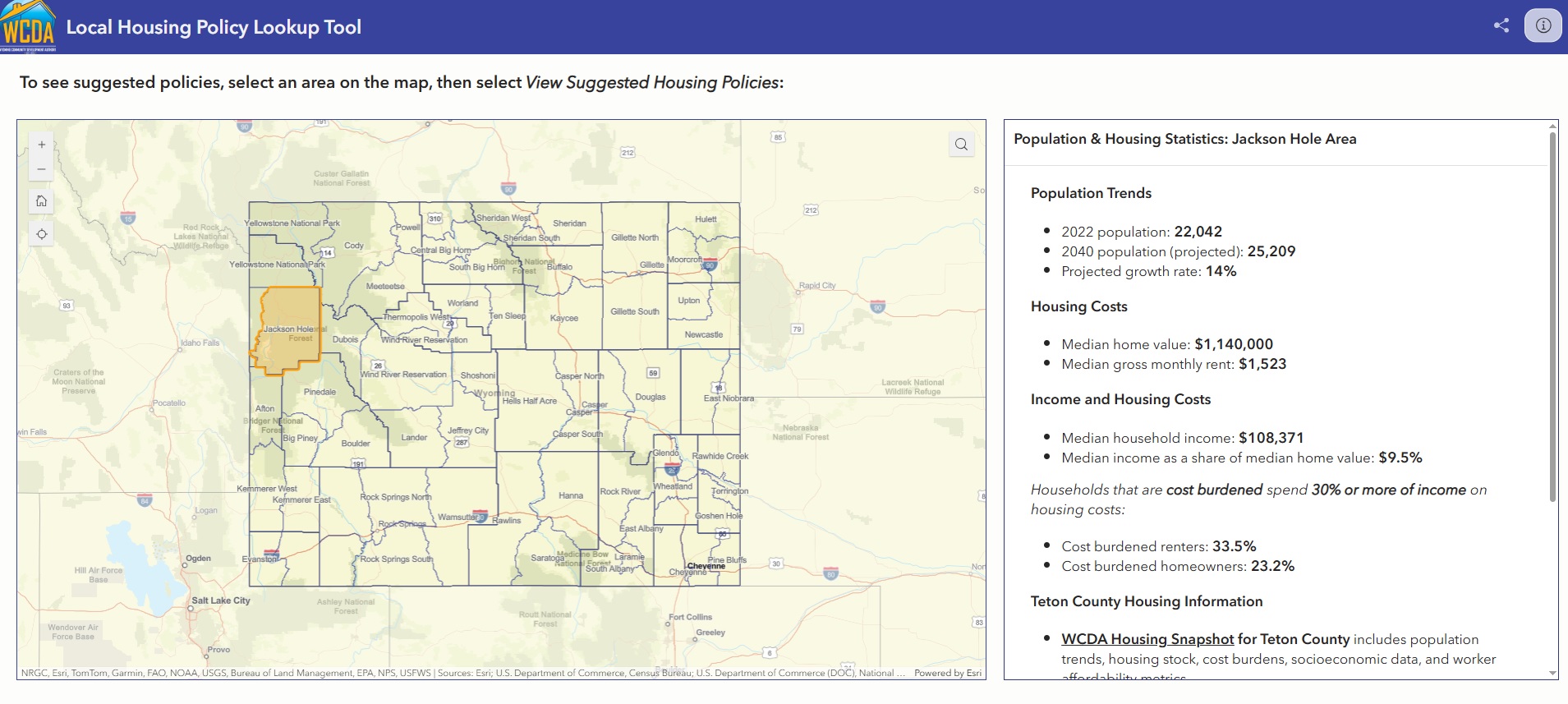

Abt began developing the Action Plan in June 2024 by identify available resources and local challenges. We reviewed more than 100 state and local housing documents and conducted interviews with stakeholders across the state. On behalf of WCDA, Abt also facilitated three public meetings and conducted a survey of state residents that received 114 responses.
What did we find? We identified key considerations for creating the Action Plan, including what’s important to Wyoming residents as their state tries to grow. These included the ability to make decisions locally and flexibility for municipalities to chart their own course. Our team found that the state’s policymakers have multiple goals and recognize the interconnectedness of housing supply and economic and workforce development. And residents value wide open spaces and natural beauty. The feedback from the public and stakeholders also produced potential solutions that could expand the affordable housing supply on a reasonable timetable.


Expanding Resources Available for Housing and Infrastructure Development
Wyoming communities are exploring innovative approaches to fund housing and infrastructure development. The state's tradition of fiscal conservatism and low taxes--including the nation's fourth-lowest residential property taxes--creates opportunities to explore creative funding mechanisms that align with local values. Municipalities and counties are working together to identify sustainable funding sources that can support housing development while maintaining Wyoming's commitment to efficient government.
Among the suggestions to address the funding shortfall:
- Ease restrictions on the use of revenue from the lodging tax for short-term rentals in tourist areas. Currently 90 percent of the revenue must go to promoting tourism. Greater flexibility would enable revenue to help address housing shortages for lower-income workers in the tourist industry.
- Institute a real estate transfer tax or fee on home sales over $1 million. Wyoming is one of 14 states without one.
Conduct a statewide water capacity assessment like the one the Texas Water Development Board develops. With its arid climate, Wyoming needs to understand its natural water resources, existing and planned water supply and wastewater infrastructure, and the water needs of mining, ranching, and other industries. The assessment could help the state and localities identify areas more or less favorable for new development, recreational space, and land-intensive industries.


Expand and Preserve Access to Affordable Housing
Like many states, Wyoming faces the challenge of housing costs outpacing income growth. From 2016 through 2023, home prices increased 34 percent while household incomes grew seven percent in real terms. The state is taking a multi-faceted approach to preserve housing affordability, exploring innovative solutions for both homeowners and renters. Wyoming's emphasis on practical, market-oriented solutions has identified several promising strategies to expand housing access while respecting local market conditions.
Among the suggestions to deal with access:
- Publicize the availability of funding for home repair and retrofits for low-income homeowners with mobility limitations. The funding exists, but stakeholder interviews suggested many people aren’t aware of it. Examples of available funding sources include the USDA Rural Housing program and the Federal Housing Administration’s property improvement loan program.
- Treat manufactured homes as real property so they are eligible for conventional or FHA mortgages. Manufactured homes without a foundation may be considered personal property and have mortgages with higher interest rates as a result.
Establish a community land trust (CLT) and implement a shared financial equity model. A CLT buys land and offers homeowners long-term ground leases that include some form of affordability control— usually restrictions on the resale price. Under a shared financial equity approach, equity built as a home appreciates is partially shared with the seller of the home and partially retained by the CLT, which then uses the proceeds to reduce the cost of the home for the next buyer. The CLT may also include restrictions on income levels of buyers, which helps ensure homes remain workforce housing over time.
Reduce Regulatory and Land Barriers to Housing Development
Wyoming's distinctive landscape presents both opportunities and challenges for housing development. The state's commitment to preserving its natural assets, agricultural heritage, and scenic beauty shapes development patterns, with 70 percent of residents residing in its 99 municipalities, which make up less than one percent of all land in the state. This concentration of population creates opportunities for efficient infrastructure investment and innovative development approaches. The state is working to strengthen municipality/county coordination and streamline development processes while maintaining appropriate community input and environmental stewardship.
Ways to reduce regulatory barriers to new housing include:
- Conduct a code audit to determine if zoning and land use regulations prevent construction of affordable housing. Revisions could include expanding the types of buildings such as accessory dwelling units allowed in residential zones; reducing minimum lot sizes and building setbacks; and modifying height restrictions. Wyoming could encourage audits by tying completion of an audit and steps to remove barriers to giving localities priority for state funding.
- Adopt processes and tools that cut the time and cost for review of proposed developments. One example: form-based codes, which provide clearstandards for developers to follow for the size, location, and appearance of buildings. If a developer meets the code’s requirements, projects get approved via administrative review rather than a discretionary process, yielding a more predictable and cost-efficient result. Another option is a pre-approved housing plan for various home types, including triplexes and small apartment buildings.
- Reform the protest petition process. Wyoming protects the community voice when developers want to change land use. As it should. But the current process may be too restrictive. Currently 20 percent of neighboring landowners within 140 feet of the parcel can protest the change, and after the filing of the petition, 3/4ths of the local governing body must approve the change. Increasing the required percentage of neighbors or requiring approval from a simple majority of the governing board would still give the community a voice, but a small minority wouldn’t have disproportionate power.
- Expand housing development strategically on state land and possibly federal land.
Strengthen Capacity of Public and Private Stakeholders
As a home rule state, Wyoming delegates much of its planning authority to localities. When local governments are understaffed and lack expertise and funding, housing development can stall. What’s more, local governments may miss out on state and federal grant opportunities that could help them meet their housing needs and, by extension, attract or retain employers and workers. In addition, the state's small, dispersed population struggles to attract large-scale developers and retain skilled trades workers, who often seek higher-paying jobs in neighboring states. Local licensing requirements and limited reciprocity with other states further restrict the available workforce, especially in communities that border neighboring states.
Potential solutions include:
- Promote technical assistance and tools to localities around housing and planning. The state could create a central website for state information on housing targeted to local housing policy makers, practitioners, housing providers, and residents. The website could include links to grant funding opportunities and technical assistance, applications for permitting review technical assistance, and local government coordination resources.
- Address gaps in the housing industry workforce. The state should expand apprenticeships in the building trades and property management and encourage trained workers to remain in Wyoming through targeted funding for training, with forgiveness of training costs for workers who stay in the state and employed in the industry. In addition, a centralized licensing board for key trades would remove the administrative burden of processing licenses from towns and cities, which now execute this task.
- Strengthen state coordination. A dashboard to track progress on statewide housing goals would create visibility that could encourage implementation of action plans. The state also could provide technical assistance to support development of a municipal county network to exchange information, share best practices, and coordinate strategies among general audiences and policymakers.
These solutions represent significant and critical shifts in Wyoming's approach to housing development. With state leaders and residents committed to growth, it's crucial that businesses considering relocation see Wyoming actively addressing workforce housing needs. The strategic plan offers a valuable blueprint for states across the country seeking to balance economic development and increased housing availability while preserving the local authority that helps communities maintain their distinct character. If successfully implemented, these solutions could enable Wyoming's growth without compromising its core values—expansive landscapes, natural beauty, and local control—making the Wyoming Statewide Strategic Housing Action Plan an exemplar for similar states confronting affordable housing challenges.
Featured in our 2025 Mission Impact Report
Read More
Housing & Asset Building in North America

Shelter from the Storm: Addressing the Dual Crisis of Extreme Weather and Homelessness
Homeless response systems need support to strengthen their resilience to extreme weather shocks and the disproportionate harm that extreme weather has on people experiencing homelessness.
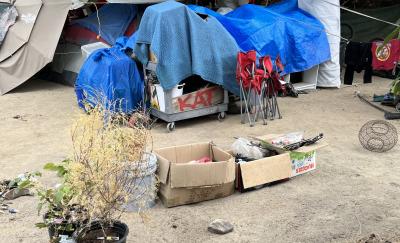
Understanding Homeless Encampments in Long Beach, L.A. River Basin, and San Fernando Valley
A Conrad N. Hilton Foundation-funded, Abt-led evaluation studied three encampments in Los Angeles.

Rental Housing Results from Low-Income Housing Tax Credits
Abt is merging databases with information on rental housing results from low-income housing tax credits to inform decision-making.

Wyoming Turns to Abt to Create Statewide Housing Plan
The State of Wyoming has turned to Abt Global to help it rapidly and effectively address its housing shortage by creating a statewide action plan.

The American Evaluation Association (AEA) Evaluation24 Conference
Abt Global is exhibiting and presenting at the American Evaluation Association (AEA) Evaluation24 Conference in October 2024.

Shreveport Guaranteed Income Program Final Evaluation Report
This report shares encouraging final evaluation findings from the Shreveport, La., Guaranteed Income Pilot, which gave single parents $660 a month for a year.

Evaluation & Methods Digest – September 2024
Dive into our latest edition of the Evaluation & Methods Digest!
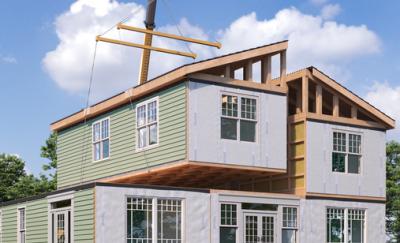
Beyond Zoning Reform: 4 Ways States Can Boost Their Housing Supply
Here are four ways that state and local leaders can support more affordable housing that go beyond zoning reform.

Engaging Partners for Economic Growth for All
JPMorgan Chase Challenge grantees use varied approaches to engage people and organizations to guide and accelerate achievement of their work toward sustainable economic growth for all.

Attracting and Deploying State and Federal Funding for Equitable Community Development: A JPMC PRO Year 5 Thematic Report
The year 5 JPMC PRO Neighborhoods report offers ways to attract and deploy state and federal funding for equitable community development.

Finding A Home for Mental Health
With Mental Health Awareness Month upon us, Abt’s Tamara Daley reflects on her first-hand reminder that the preservation of mental health demands a home.

Project Roomkey Evaluation Final Report
Abt’s evaluation of California’s Project Roomkey found this COVID-19-specific solution for people experiencing homelessness has broader applications.
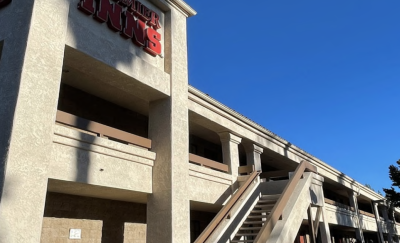
Project Roomkey Helped Vulnerable, Homeless Californians at COVID’s Peak — and Continues To Serve As an Effective Emergency Housing Model
Abt’s evaluation found California’s Project Roomkey helped homeless Californians at COVID’s peak — and it could serve as an effective emergency housing model.

Lump Sum or Recurring: Can Cash Transfers Break the Cycles of Poverty?
Data from US & international guaranteed income pilots pose critical questions – does an annual lump sum, monthly payments, or a combination best help families?
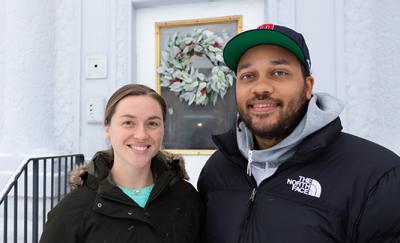
Advancing Economic Equity through Housing
Abt evaluated JPMorgan Chase’s PRO Neighborhoods to understand how grantees are addressing their communities’ diverse economic needs by investing in housing.
